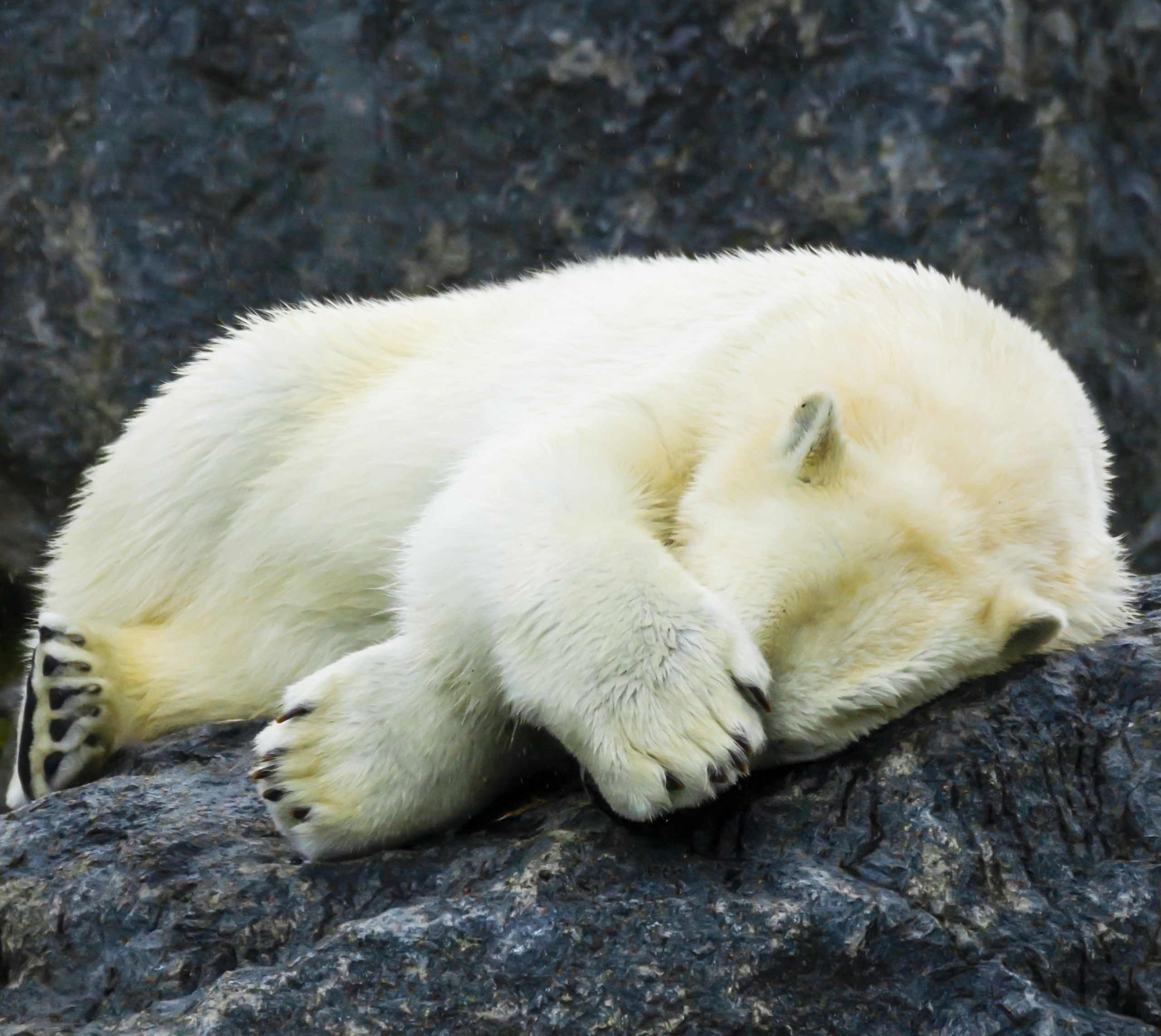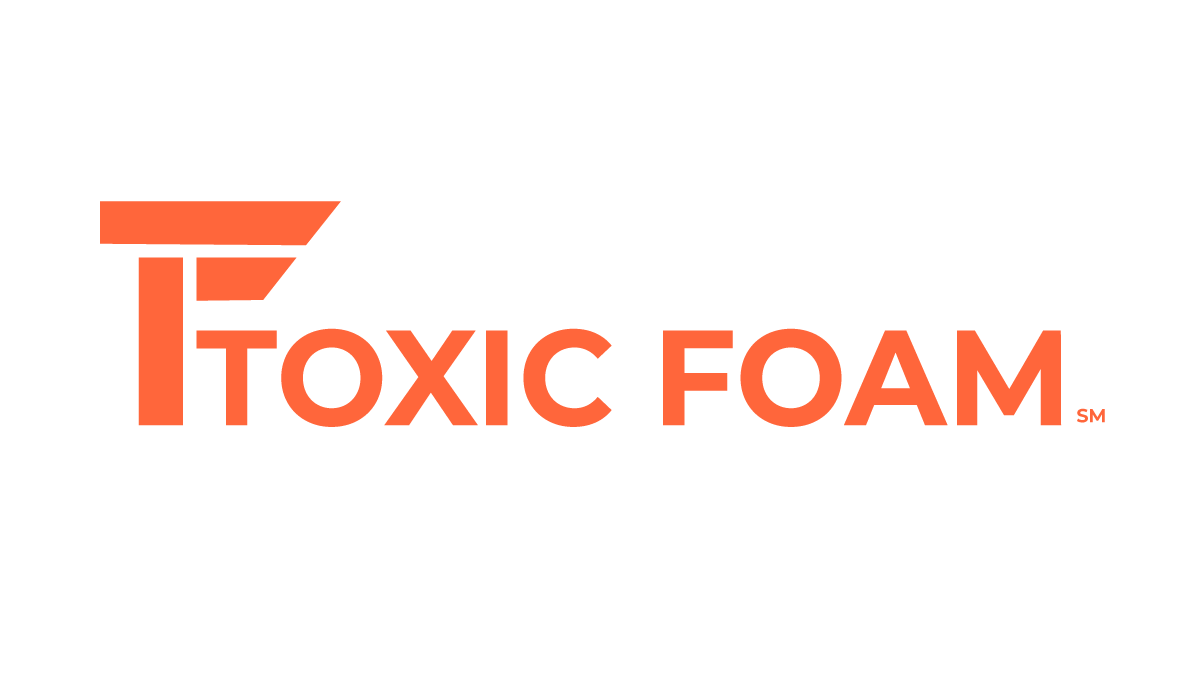AFFF is Destroying Our Animals

The toxic effect of aqueous film forming foam (AFFF) products on wildlife and the environment is long lasting and potentially devastating. The per- and polyfluoroalkyl substances (PFAS) or “forever chemicals” contained in some AFFF products have found their way to the furthest corners of the world. These chemicals build up in wildlife because they are absorbed by the organism and are not excreted, becoming more and more concentrated higher up the food chain. There have been troubling reports of bioaccumulation in water birds, wild boars, polar bears, and dolphins. According to World Wide Fund for Nature, shockingly, polar bears top the list of most contaminated animals in the Arctic. CHEMTrust studies show that chronic exposure to PFAS could affect the brain, reproductive system and hormonal system of polar bears, the immune system and kidney and liver functions of bottlenose dolphins, and the immune system of sea otters.
Studies on laboratory animals have found that elevated levels of exposure to PFAS can damage the liver and the immune system and cause kidney and testicular cancers, birth defects, delayed development, new-born deaths, decreased vaccine response and increased cholesterol levels. To bring that point closer to home, there have been reports of household pets with high levels of these forever chemicals in their blood, due for example, to living near contaminated water or an AFFF site, becoming sick and even dying. This was suggested in the PETS study conducted by North Carolina State University. Researchers at the New York State Department of Health also tested the feces of cats and dogs for the presence of 15 different kinds of PFAS and found measurable traces of 13 of these forever chemicals. Given pets exist in the same environment as humans, not only is it worrying for our animals, but serves an indicator of human exposure.
These toxic chemicals have found their way into groundwater, drinking water, soils, sediments receiving waters, and wildlife throughout the US and globally. Plants and animals in water have been found to be affected by exposure, which will principally be through ingestion or respiration. Though PFAS chemicals can be taken in by touching them. AFFF products are known to deplete oxygen from aquatic environments causing fish kills. For example, following a firefighting foam spill near Brisbane airport in Australia, PFAS chemicals entered a nearby river killing many of its fish. Fish kills like that or animals falling ill and dying serve as a warning sign of PFAS presence and exposure.
References
https://chemtrust.org/wp-content/uploads/PFAS_Brief_CHEMTrust_2019.pdf
https://www.consumernotice.org/environmental/afff/
https://www.ifsecglobal.com/uncategorized/environmental-impact-of-foam/
https://setac.onlinelibrary.wiley.com/doi/full/10.1002/etc.4894
https://wwf.panda.org/wwf_news/?22353/Polar-bears-top-the-list-of-most-contaminated-in-the-Arctic
https://www.nytimes.com/2016/01/10/magazine/the-lawyer-who-became-duponts-worst-nightmare.html
https://www.vice.com/en/article/9393q3/scientists-found-harmful-pfas-in-pet-cats-and-dogs
